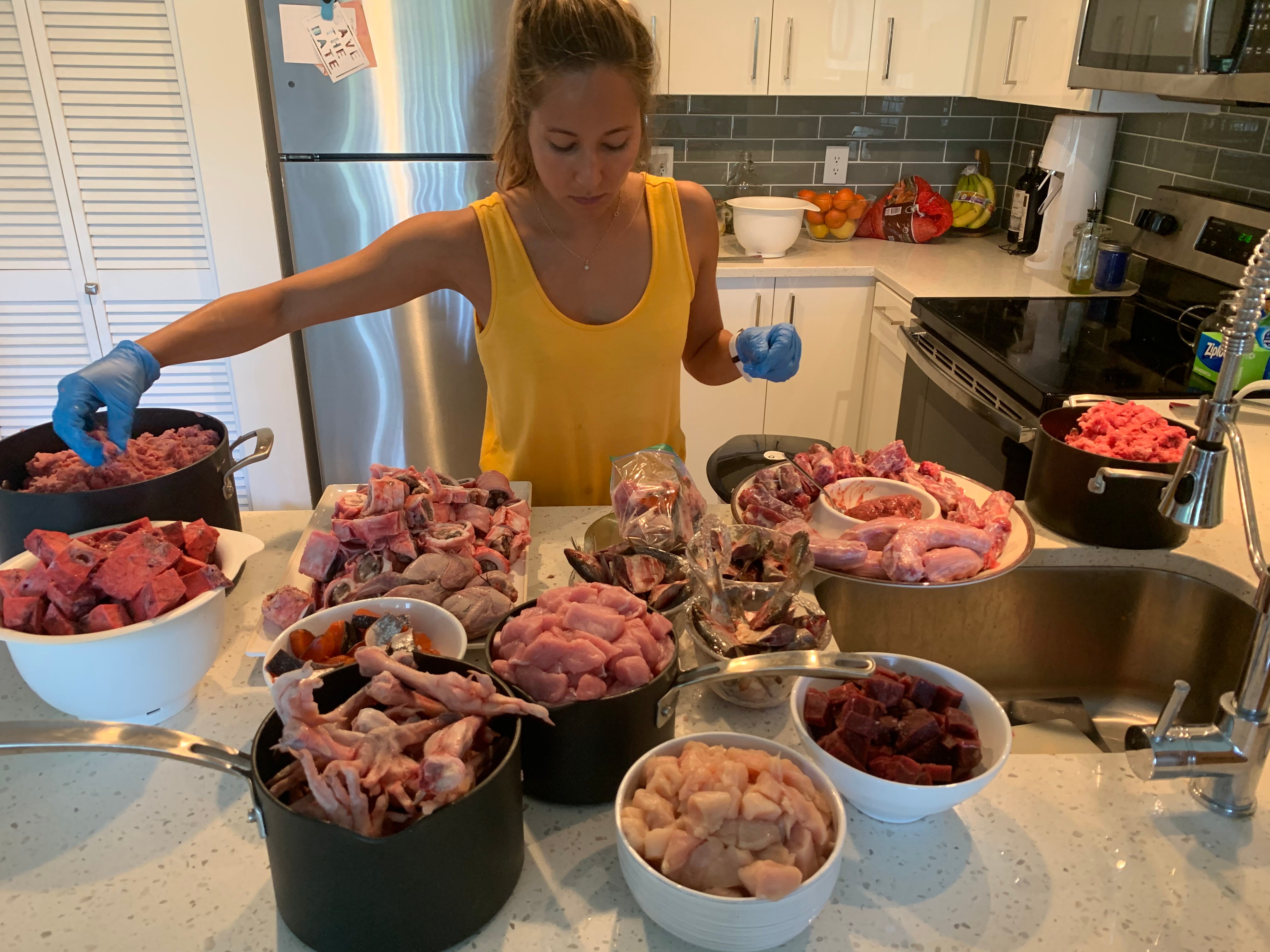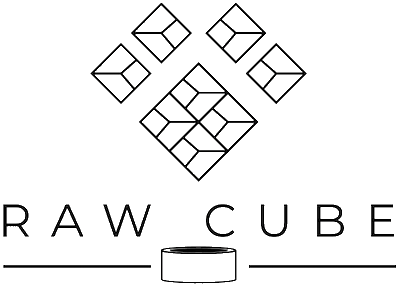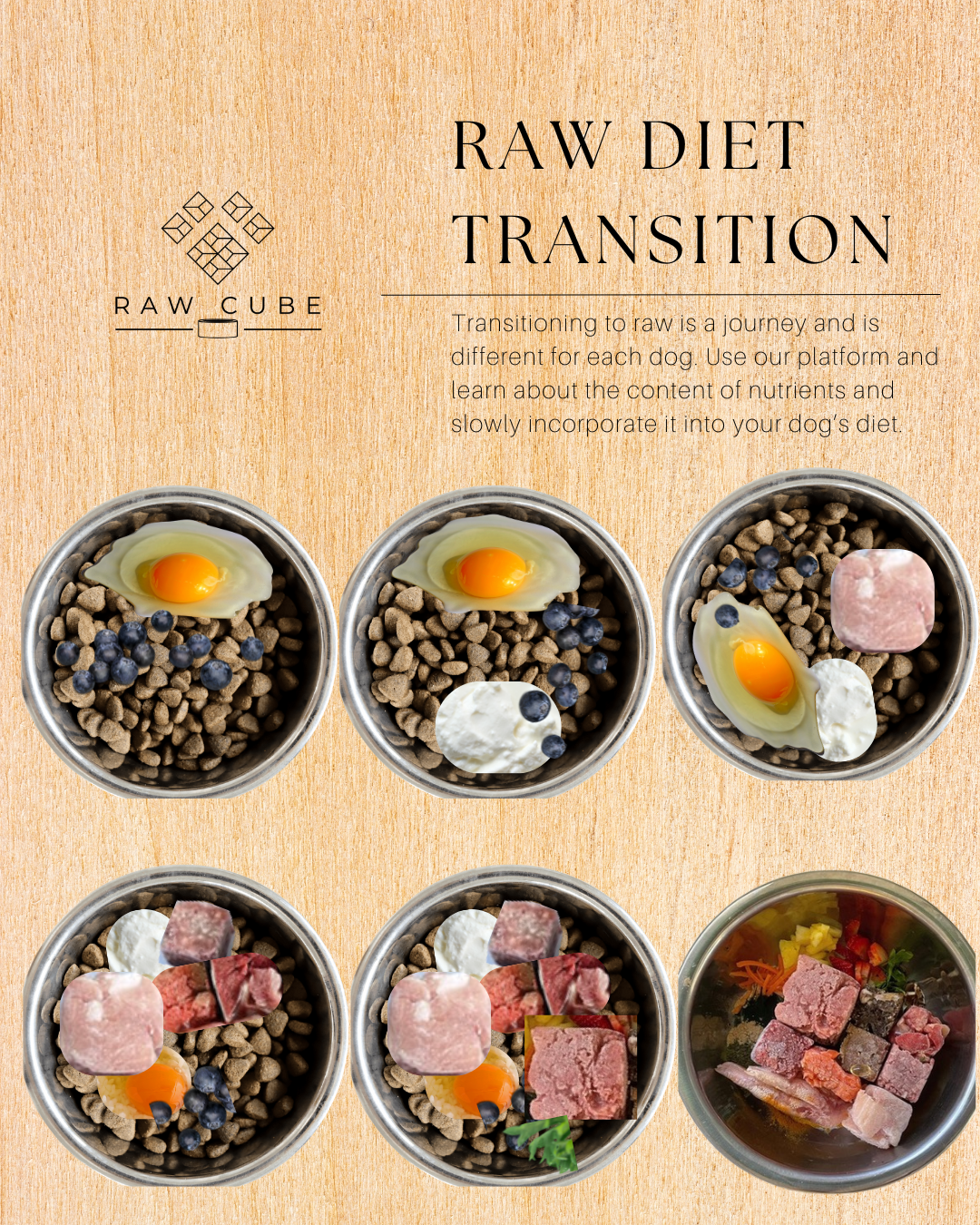
Is it Safe to Feed Raw?
How Safe Is It to Feed Your Dog a Raw Diet?
Feeding dogs a raw diet is gaining popularity among pet owners who want to offer meals that are closer to what canines would eat in the wild. But with this trend comes questions about safety - both for your dog and for your household. Let’s break down the facts and best practices for safely feeding raw, especially if you’re considering a DIY approach.
DIY Raw: Bone Size and Safe Transitioning
If you’re preparing raw meals at home, one of the first things people are concerned about and should consider is bone size. Not all bones are safe for dogs. Large, raw, meaty bones (like beef ribs, lamb chop bones, oxtail bones) are not recommended unless you have a BIG dog. I have a 61lb German Shorthaired Pointer and the largest bones we give are turkey necks, duck wings, duck necks and even smaller for smaller breeds such as chicken necks, chicken feet, duck feet.
It's important that the bones are RAW. I repeat, raw and not cooked, boiled, baked etc., The reasoning behind it is that bones, contrary to common believe are softer and contain more moisture and thus bendy, suitable for chewing and digesting - where as once these bones are cooked, the nutrients and moisture are sucked out, leaving brittle hard bones which may cause splintering and damaging your dog upon consumption.
Transitioning your dog to raw is best done gradually. One effective method is hand feeding raw pieces, especially bones. Hold the bone while your dog gnaws, helping them get used to the texture and teaching them to eat slowly and safely. This hands-on approach also lets you monitor their chewing habits and comfort level.
If you’re concerned about whole bones, blended or ground bones are a great alternative. These offer the nutritional benefits of bone (like calcium and phosphorus) without the risk of choking or dental damage.
Personally, I like to give Louie edible bone that is not blended or grounded because chewing on bones is far more than just a way for dogs to keep their teeth clean. I found early on that it's a deeply rewarding and biologically meaningful activity that supports both their mental and emotional health.
When a dog chews on a bone, the repetitive gnawing action triggers the release of neurotransmitters like dopamine and serotonin which are often called the "happy hormones which is associated with feelings of motivation and reward. Not only does this chemical response make chewing enjoyable, but it also has a calming effect. The act of chewing can help soothe anxious dogs, reduce stress, and promote a sense of well-being. In fact, studies and behavioral experts note that dogs who chew regularly are often less bored, less anxious, and less likely to develop destructive behaviors.
I noticed the above with my own eyes having a breed that is known to be highly energetic. I see his playmates and best friends, a wire-haired pointer and a vizla who run in the park in circles non stop for 45 minutes while my dog is not acting crazy and is sniffing around the fields. It took me two years to learn that this was a result of raw feeding bones.
Debunking the Foodborne Illness Myth
A common misconception is that feeding raw exposes dogs to dangerous foodborne illnesses. In reality, if you purchase high-quality, human-grade meats from reputable sources, the risk is no greater than when you prepare a hamburger or salmon for your own dinner.
It’s also important to remember that dogs’ stomachs are more acidic than humans’. Dogs tend to have a stomach acid pH of anywhere from 1.5 - 2.1, humans on the other hand have a stomach acid of 1.1. Dogs' digestive systems are designed to handle bacteria that would make us sick, making them less susceptible to foodborne pathogens.
Cleaning & Sanitation
While raw feeding can be safe, proper sanitation is crucial—for your dog’s health and your own. Follow the same guidelines you would for handling any raw meat in your kitchen:
-
Wash your hands thoroughly before and after handling raw food.
-
Clean and disinfect all surfaces, utensils, and bowls after each meal.
-
Store raw meat at safe temperatures and never leave it out for extended periods.
- Double, triple clean all working surfaces not limited to handle bars, under the counter, fridge doors, etc., Double, triple clean means, hot water, soapy water, then alcohol wipes or spray.
For more detailed guidance, refer to the ServSafe Food Handler guide, which offers best practices for handling, storing, and cleaning up after raw meat. These standards are trusted across the food industry and are just as important in your home kitchen.
For me, if I spend 4 hours meal prepping, I'm spending about 30 minutes cleaning and wiping down the entire area.
Resources:
-
"Raw diets for dogs and cats: a review, with particular reference to microbiological hazards" (The Veterinary Record, UK):
https://www.ncbi.nlm.nih.gov/pmc/articles/PMC6849757/ -
"Owner-reported health benefits and adverse events associated with raw meat–based diets for dogs and cats" (BMC Veterinary Research, Finland)
-
"Chewing behaviour in dogs—Potential health and welfare implications" (Journal of Veterinary Behavior):
-
"Food Safety: Cleaning and Sanitizing" (ServSafe):
https://www.servsafe.com/ServSafe/media/ServSafe/Documents/SSFS6e_Section3.pdf


